
You’re Probably Hanging Your Clothes Wrong—Here’s How a Professional Organizer Does It
The do’s and don’ts of using hangers.
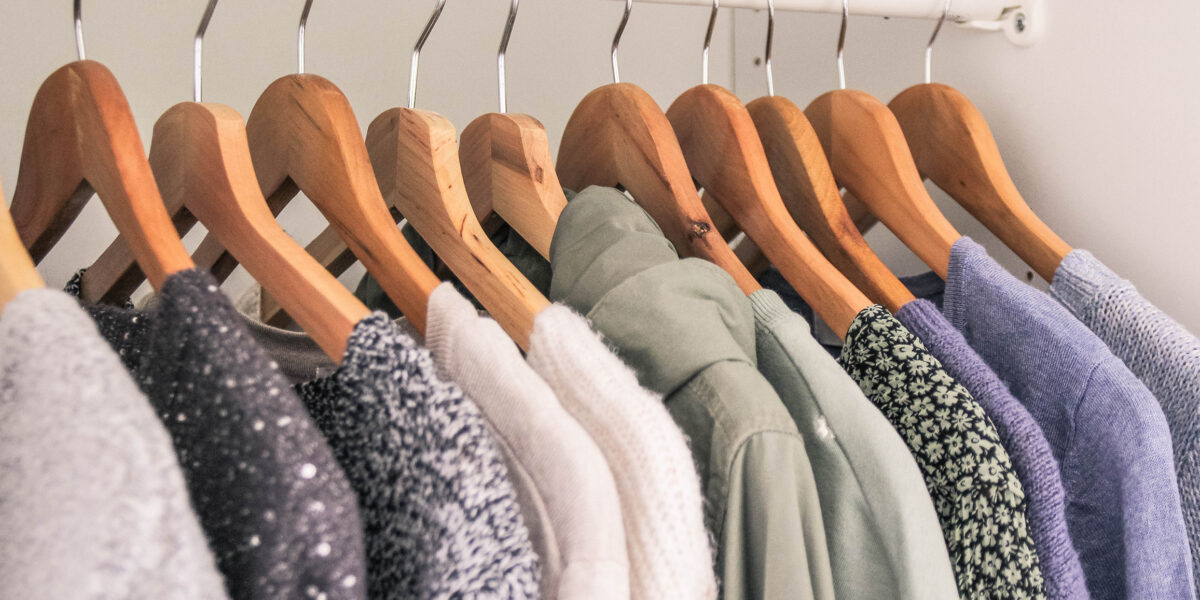
Just as I finished refolding everything in my closet, I realized I probably needed to check in with professional organizer Amanda Titchenal about hanging, too. As the owner of full-service organizing firm Well Organized, she spends a lot of her time preparing her clients’ closets with two main priorities: functionality and aesthetics.
“Hanging is always, by far, the go-to,” Titchenal says. “You want to hang as much as you can if you have the space, so we have gone as far as hanging workout wear. Not everybody has the space to do that, but anything you can get out of a drawer is always better.”
If you have space in your closet to hang—even just one small rack—there are a few dos (and one don’t) that you should keep in mind. Here are Titchenal’s suggestions for hanging your clothing:
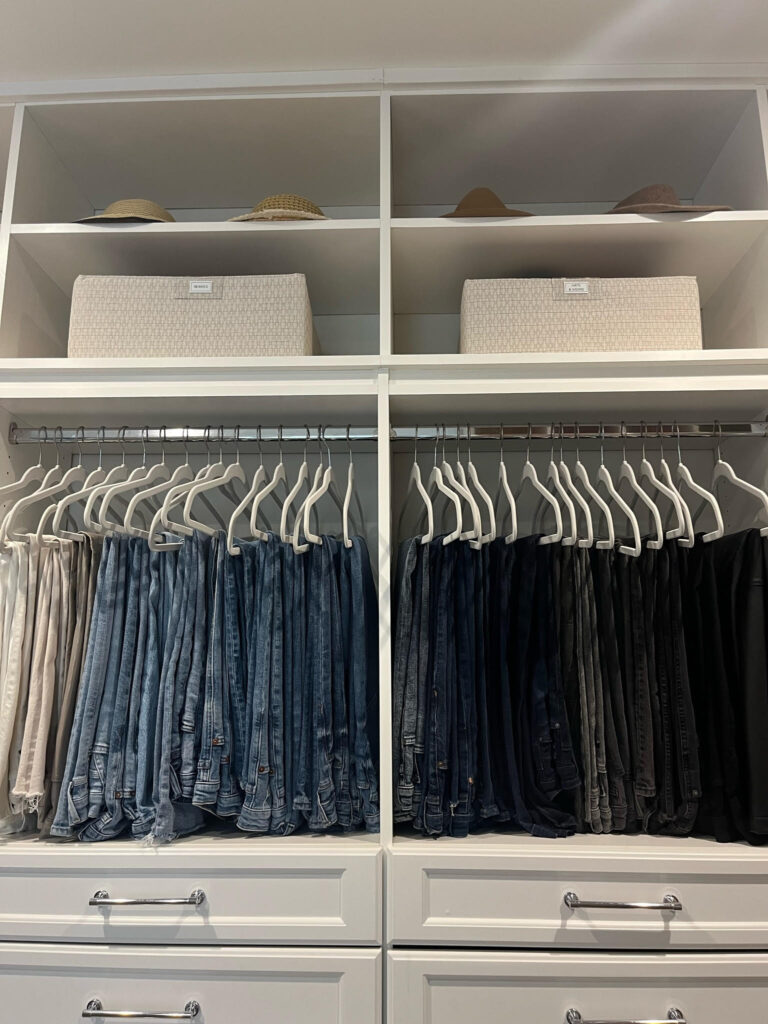
Amanda Titchenal
1. Choose the Right Type of Hangers
There are dozens of types of hangers, but Titchenal has her favorites. The most expensive options are wooden hangers, but she and her team often use felt hangers. Also known as velvet hangers, these are made with rounded shoulders that help garments keep their shape. But the most important thing? Try to match the color of your hangers.
“They don’t have to be fancy and wooden if that’s not in your budget, but having all the same hangers is really important for a clean look,” she says.
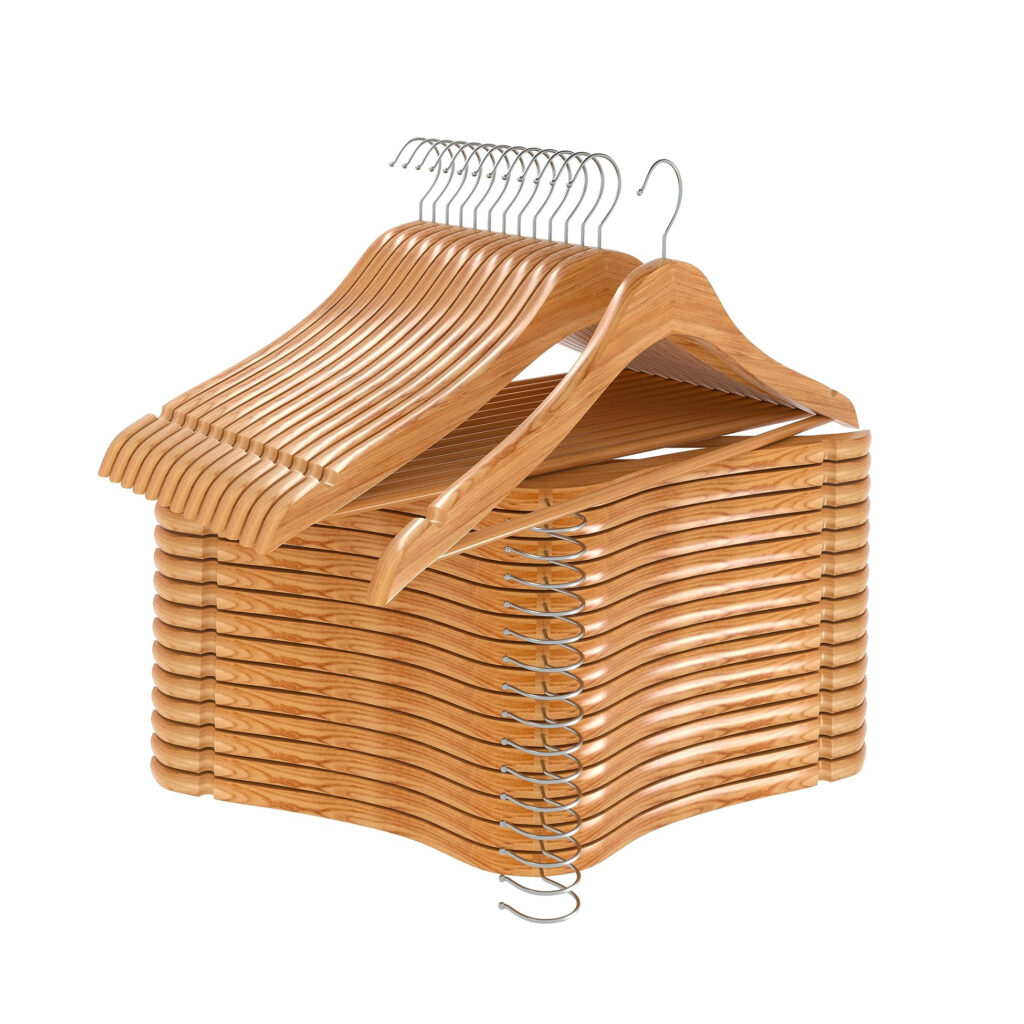
Courtesy of Amazon
Titchenal says you can also combine two types of hangers, which she usually does with felt and wooden hangers. When working with a combo, she loves pairing black felt hangers for the majority of the clothing with wooden ones for jackets or suits in the same color.
Though she prefers felt or wooden hangers, Titchenal adds that slim plastic or metal hangers can also work—just make sure their look is consistent and cohesive with the other hangers in your closet.
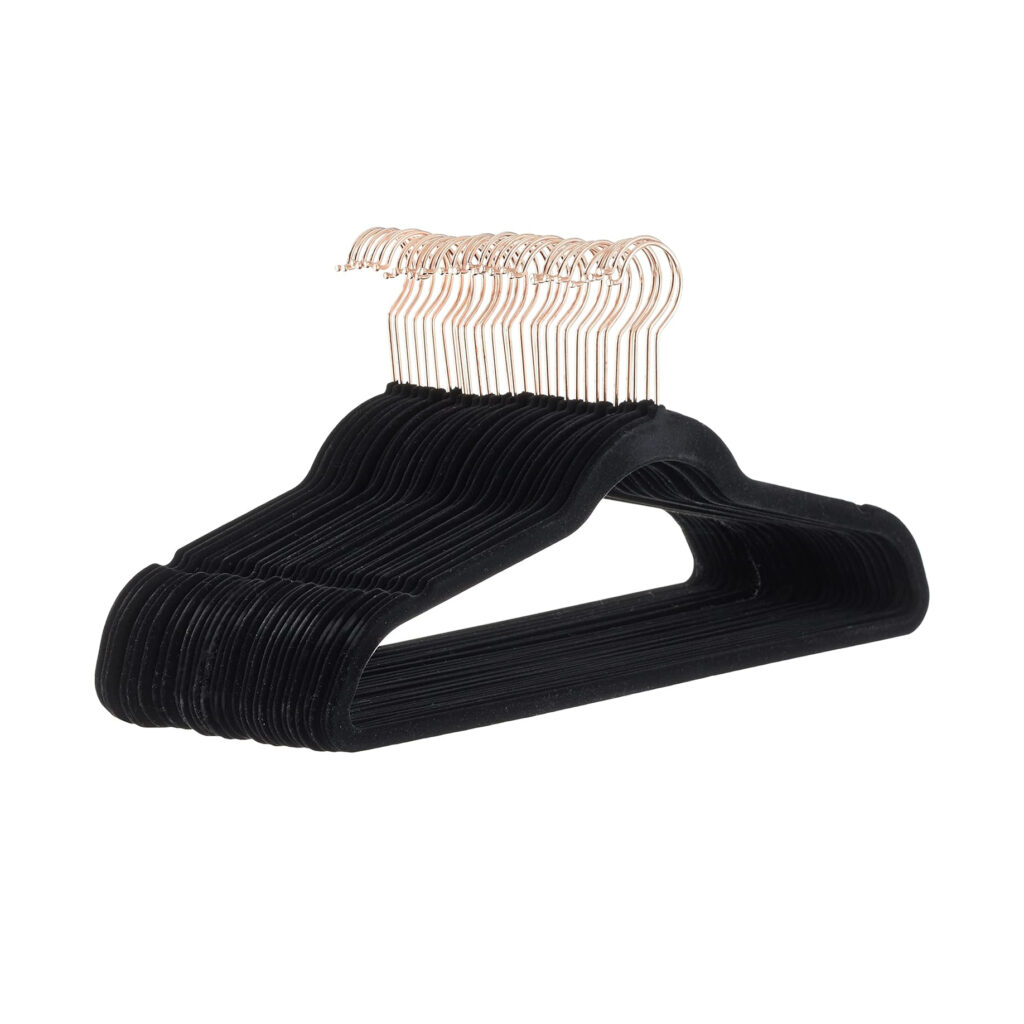
Courtesy of Amazon
2. Use Kids’ Hangers for Adult Pants
One surprising hack for your pants? Swap out your regular hangers for child-sized ones. Because it fits only one pair of adult pants, you don’t have to worry about it getting “lopsided,” or having your pants pull down on one side of an adult-sized hanger.
Titchenal also recommends a new hanger size—14-inch hangers, or petite hangers—for teenagers who are in between kids’ and adult clothing, or for petite adults.
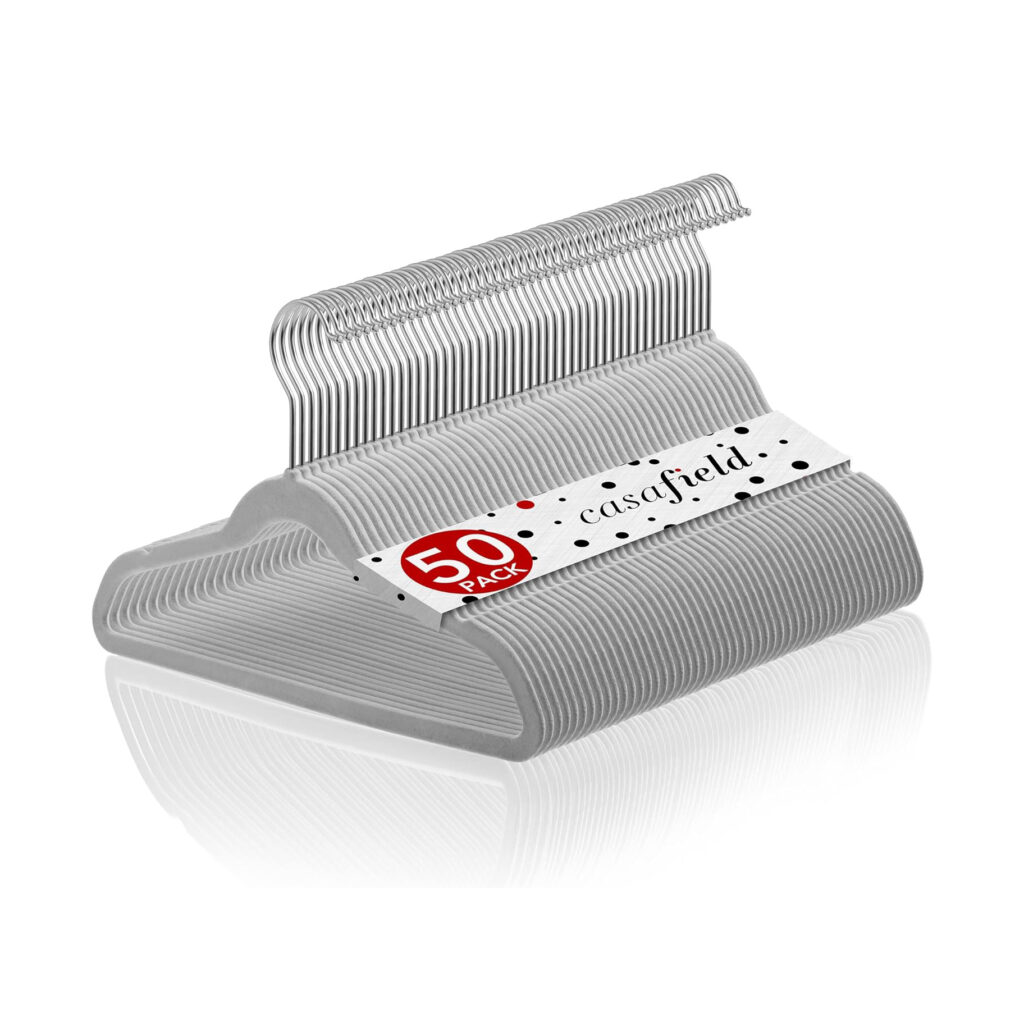
Courtesy of Amazon
3. Hang Your “Nicest” and Most Used Items
Titchenal advises that her clients hang anything that’s silk, men’s dress shirts, women’s blouses or camisoles, dresses, jackets, cardigans, and any other garments that zip or button. You also want to think about the wardrobe items you most frequently reach for, and make sure to hang those up as well.
“You want whatever garments you wear the most often to be the most accessible,” she says, referencing people who wear business attire every day or those who sport casual wear on a regular basis.
4. Don’t Hang Knitwear and Casual Clothing
There’s one “don’t” Titchenal warns against, and that’s hanging any sweaters or cashmere items. “It’s easy to lose its shape when it’s hanging,” she says.
Most people only have so much closet space, so it’s all about determining what is “worthy” of that precious piece of real estate. So along with your sweaters, you might want to leave your casual clothes like T-shirts or activewear in a drawer, too.
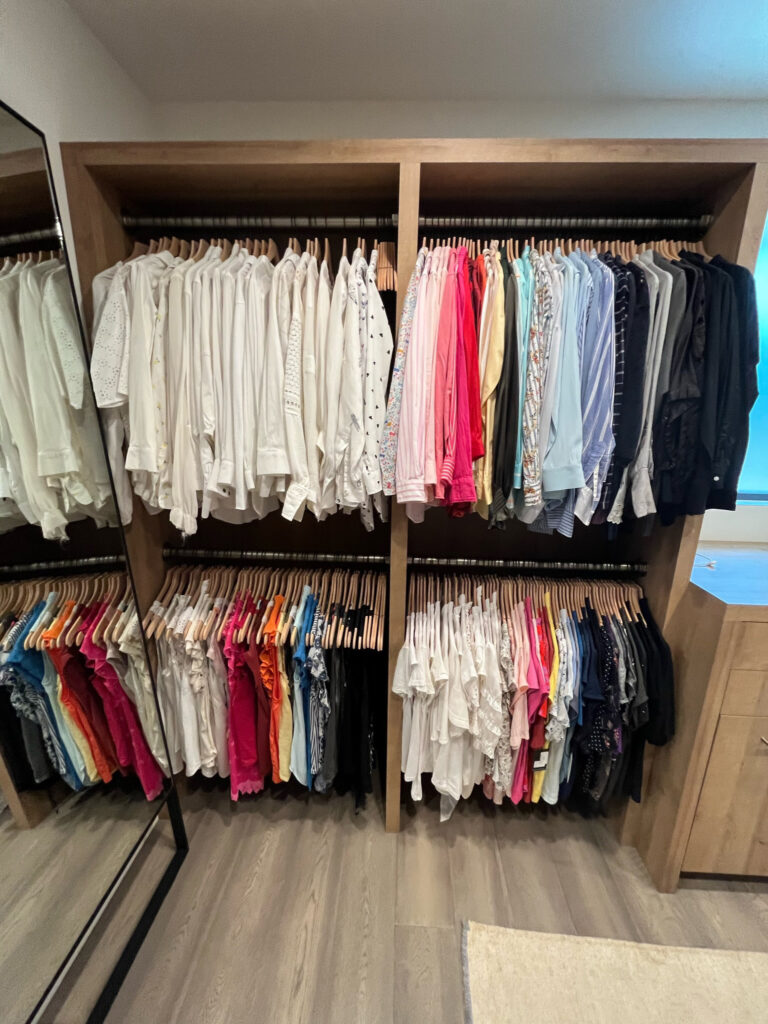
Amanda Titchenal
5. Categorize, Then Color-Code Your Closet
There is a multi-pronged process involved in arranging your closet by color. Before you can make your clothing match the rainbow, you should separate them by category. Titchenal says to think about how your body is set up, and place tops on the upper rack and bottoms on the lower rack. From there, you can also group the different types of tops, like tanks, short sleeves, and long sleeves. If you have a wide range of garments, you can even categorize them by style (say, casual versus dressy). After that, it’s time to color-code.
“We always go light to dark, so white all the way to black on each section,” Titchenal says. “I go white to cream to pinks into the reds, then orange, yellow, green—the rainbow.”
The same rule applies to denim and other pants, so you can start with white denim or slacks and then move toward darker washes. For those who have a closet full of neutrals, Titchenal says to make those items prominent and tuck away the few brightly colored pieces.
Dresses are the one item Titchenal calls “a little tricky,” since they are made in varying lengths and with different sleeve types. For those, she arranges them by sleeve (think tank, short sleeve, and long sleeve), then by length, and then by color.
6. Arrange Clothing in the Same Direction
Everyone’s closet is constructed differently, but here’s another rule from Titchenal: Make your clothes hang in the same direction, facing you when you walk in.
“Sometimes you have to do different sections of your closet in a different direction, like if it’s a wraparound closet or has sliding doors,” she says. “You just want to be able to see the front of your garment.”
If you’re in the organizing zone and want to rearrange your garage next, Titchenal has all the tips for tackling that part of your home, too.
We only recommend things we love. If you buy something through our site, we might earn a commission.
